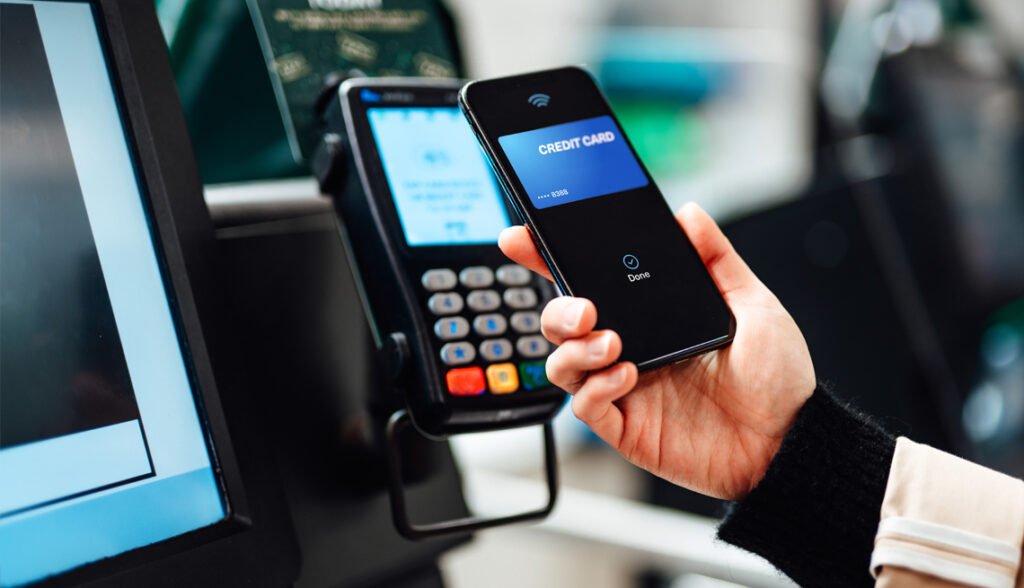In recent years, digital payment methods have gained massive popularity, changing how we handle money in our daily lives. From shopping and paying bills to transferring money instantly, the rise of digital wallets and credit money is leading us into a new era of financial transactions. As we move closer to a cashless economy, it’s important to understand how these systems work, their benefits, and what the future holds for payments.
What Are Digital Wallets?
Digital wallets are mobile-based applications that store users’ payment information securely. They allow individuals to make purchases online or in physical stores without using cash or cards. Users can link their bank accounts, credit cards, or debit cards to these apps for smooth and instant transactions.
Some well-known digital wallet providers include Google Pay, Apple Pay, Paytm, PhonePe, and Samsung Pay.
Key features of digital wallets:
Secure and encrypted payment system
Fast, contactless transactions
Easy bill payments and mobile recharges
Peer-to-peer money transfers
Loyalty rewards and cashback offers
What Is Credit Money?
Credit money refers to money that is not in physical form, such as cash or coins, but is created digitally by banks and financial institutions. It is mainly used through credit cards, loans, and Buy Now, Pay Later (BNPL) services. Credit money enables users to purchase goods and services even if they don’t have immediate funds, paying the amount back over time with or without interest.
Examples of credit money:
Credit card spending
BNPL services like Simpl, LazyPay, and ZestMoney
EMI (Equated Monthly Installment) options on e-commerce platforms
Why Are Digital Wallets and Credit Money Becoming More Popular?
Several factors contribute to the rising adoption of digital wallets and credit money:
Convenience – Transactions can be completed quickly using a smartphone.
Security – Modern wallets use encryption, biometric authentication, and OTP verification.
Cashless Transactions – Reduces the need to carry physical cash or cards.
Flexible Credit Options – Enables users to manage large purchases without paying upfront.
Integration – Seamless connection with apps, websites, and local businesses.
Current Trends in Digital Payments (2025)
Digital payments continue to evolve. Here are some ongoing trends:
Increased use of biometric authentication like fingerprint and facial recognition
AI-powered tools helping users manage and track their spending
Widespread adoption of QR-based payments, especially in countries like India
Growing demand for cross-border payment solutions
Introduction of digital wallets that support cryptocurrencies
Impact of Credit Money on Consumer Behavior
Credit money has significantly influenced how consumers shop and spend. Young consumers, especially millennials and Gen Z, are more comfortable using credit for daily purchases. Buy Now, Pay Later services have made high-value products more accessible. Additionally, credit card rewards and cashback programs are shaping purchasing decisions.
What Does the Future of Payments Look Like?
The payment landscape is changing rapidly. Here’s what we can expect in the near future:
A complete shift toward mobile-first transactions
Integration of payments with digital identity systems for faster verification
Use of AI for budget planning, fraud detection, and smarter payment decisions
Government regulations to enhance digital transaction security
Greater financial inclusion, especially in rural and underbanked regions
Conclusion
Digital wallets and credit money are revolutionizing the way we make payments. These tools offer speed, security, and convenience while enabling broader access to credit. As the world moves toward a digital economy, adopting and understanding these technologies will be essential for individuals and businesses alike.
By staying informed and adapting to these changes, we can take full advantage of the opportunities that the future of payments has to offer.







